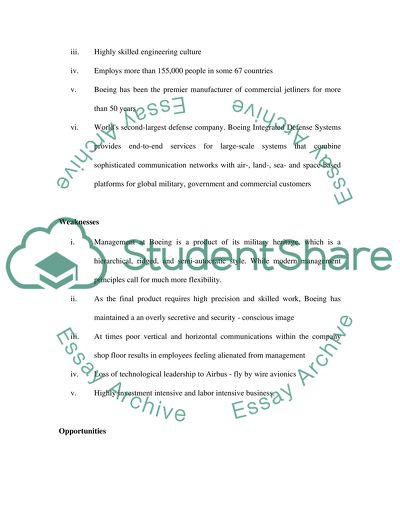Cite this document
(The Civil Aerospace Industry Term Paper Example | Topics and Well Written Essays - 2000 words, n.d.)
The Civil Aerospace Industry Term Paper Example | Topics and Well Written Essays - 2000 words. Retrieved from https://studentshare.org/marketing/1517456-civil-aerospace-market
The Civil Aerospace Industry Term Paper Example | Topics and Well Written Essays - 2000 words. Retrieved from https://studentshare.org/marketing/1517456-civil-aerospace-market
(The Civil Aerospace Industry Term Paper Example | Topics and Well Written Essays - 2000 Words)
The Civil Aerospace Industry Term Paper Example | Topics and Well Written Essays - 2000 Words. https://studentshare.org/marketing/1517456-civil-aerospace-market.
The Civil Aerospace Industry Term Paper Example | Topics and Well Written Essays - 2000 Words. https://studentshare.org/marketing/1517456-civil-aerospace-market.
“The Civil Aerospace Industry Term Paper Example | Topics and Well Written Essays - 2000 Words”, n.d. https://studentshare.org/marketing/1517456-civil-aerospace-market.


